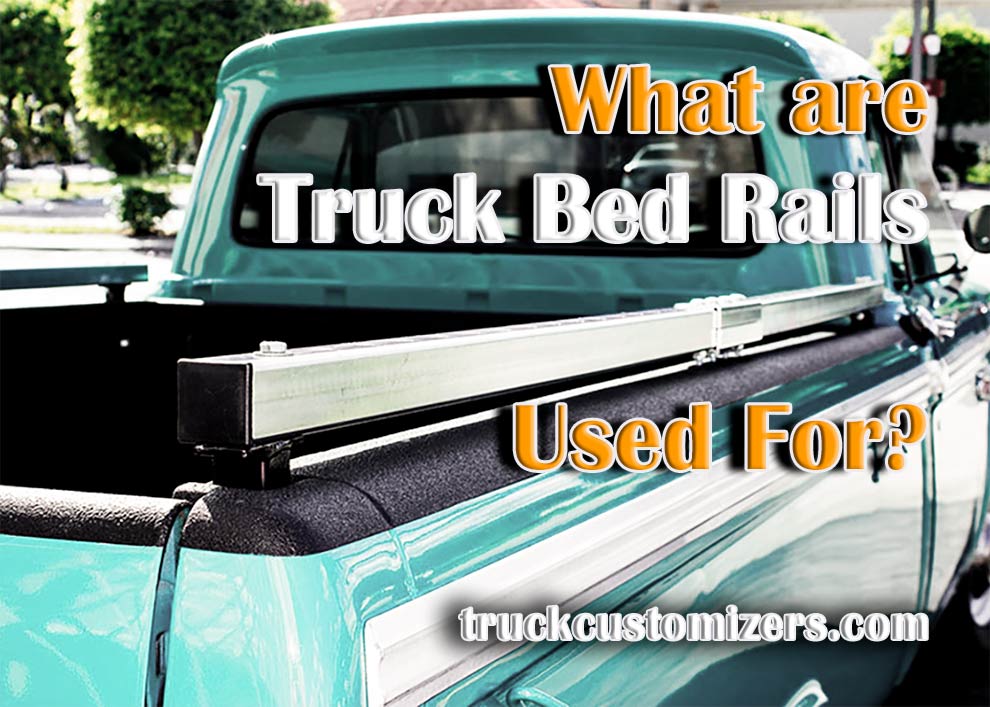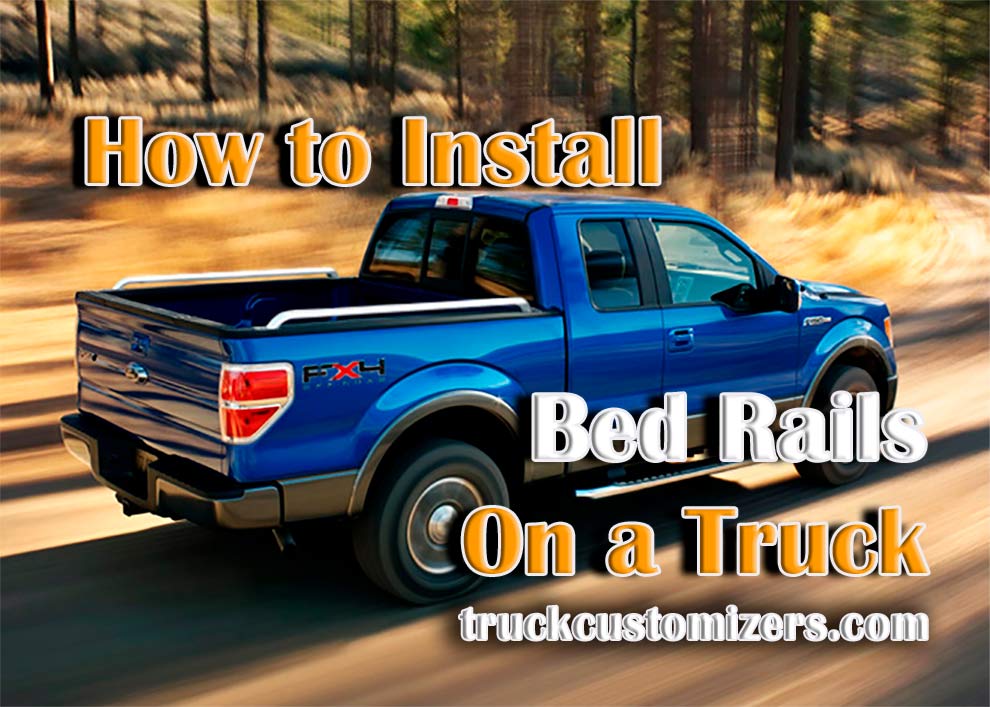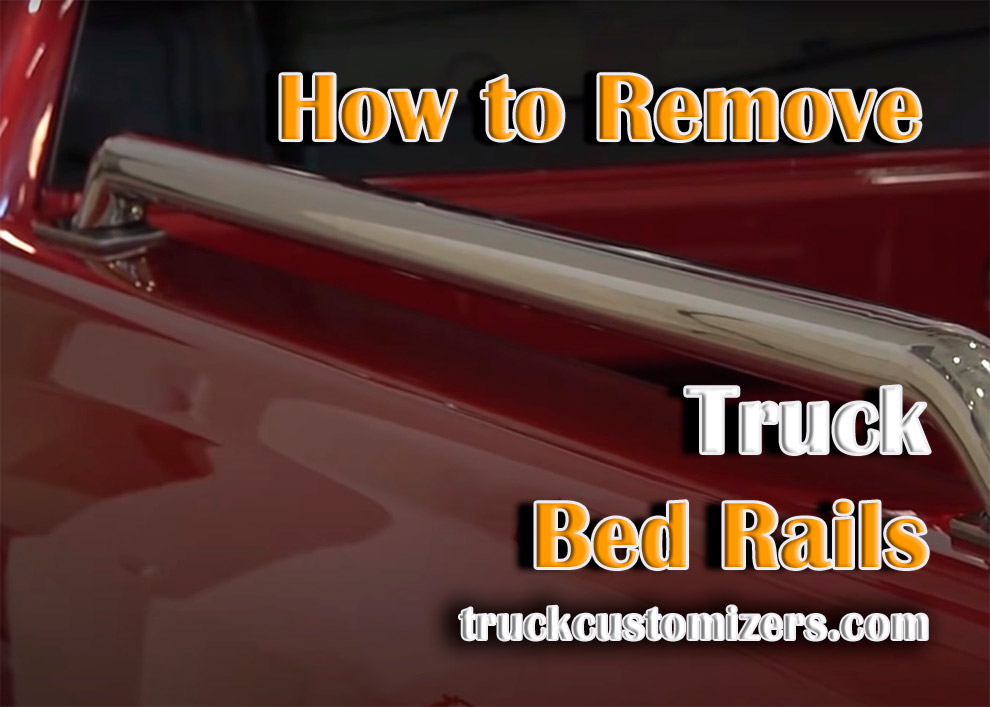Truck bed rails are a safety device that is found on the back of trucks and trailers to help prevent cargo from shifting or falling out during transport. Truck bed rails can be made of metal, plastic, rubber, or wood but they usually consist of two pieces: one fixed section that mounts near the top edge of the truck bed and then another movable rail section with an adjustable height so it can be positioned at different lengths within the truck bed as needed. Truck Bed Rails come in many different shapes, styles, and prices based on their material type (metal vs wood) and length (short vs long).
Many truck owners are not aware of the purpose of Truck Bed Rails. Truck bed rails are typically used as a way to secure cargo in place, or even as protection for people riding in the back. Truck bed rails also protect items from sliding around when there is sudden acceleration, braking, or turning. Truck bed rails come in many shapes and sizes depending on how they will be installed. The most common types of truck bed rails are permanent mounts that attach to the inside of the truck’s frame and removable ones that can fit into slots on either side of the frame while driving down the road.
So, Truck Bed Rails Used For:
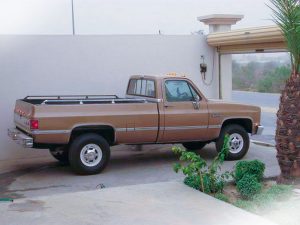 1. Truck bed rails are typically used for the sole purpose of securing cargo in a truck’s bed. They provide added protection for your cargo when you’re loading or unloading.
1. Truck bed rails are typically used for the sole purpose of securing cargo in a truck’s bed. They provide added protection for your cargo when you’re loading or unloading.
2. Truck bed rails are also typically used to protect the truck’s tailgate from damage.
3. The rails can also be used as a tie-down point when securing items in the truck bed, like lumber.
4. They also provide protection against cargo sliding around during transport as well as preventing damage caused by items rubbing up against other pieces of cargo in the back of a pickup truck.
Types of truck bed rails
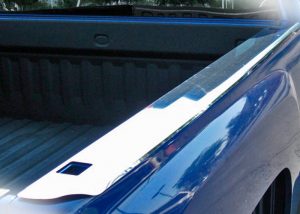 There are two types of truck bed rails, fixed and removable.
There are two types of truck bed rails, fixed and removable.
1. Fixed truck bed rails have to be welded into place and cannot be removed without damaging them or the vehicle they’re installed on.
2. Removable rail systems can be taken out when not needed and reinstalled with ease when necessary. The most common use for removable rails is to carry long items like lumber, pipes, or ladders in order to keep them from shifting while driving.
Some trucks come equipped with these by default, but if not, they can be purchased at most auto parts stores. You may need an adapter kit depending on your make and model of vehicle – ask before purchase!
Truck Bed Rail Removal
If you want to remove your truck bed rails, you can remove them with the help of a screwdriver. Truck bed rails are usually mounted using screws, and you will need to use the appropriate size Phillips head or flathead drivers depending on your truck’s brand.
Truck Bed Rail Installation
When installing, make sure they’re positioned on either side of the gate’s hinge so that it doesn’t interfere with opening and closing. Truck bed rails can be mounted in a variety of places to match your particular truck. Truck bed rail installation typically takes less than an hour, and the instructions will vary depending on your specific needs.
Benefits of Truck Bed Rails Systems
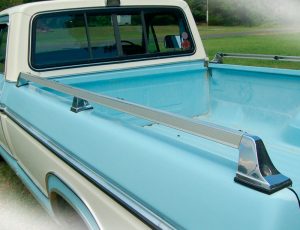 Truck bed rails offer many different advantages and can be installed fairly easily in most cases. Some benefits include:
Truck bed rails offer many different advantages and can be installed fairly easily in most cases. Some benefits include:
- making loading/unloading easier;
- providing tie-down points or lifting ramps where needed;
- adding safety precautions during vehicle maintain;
- protection from dirt, snow, water, etc that might otherwise get inside the truck’s bed during transport or loading/unloading cargo;
- this protects them against corrosion and rusting;
- prevent items within the truck from spilling out while driving across bumps or through rough terrain;
- provides support for larger loads by creating a barrier between two sides of the rear window section allowing more stability when loaded up.
